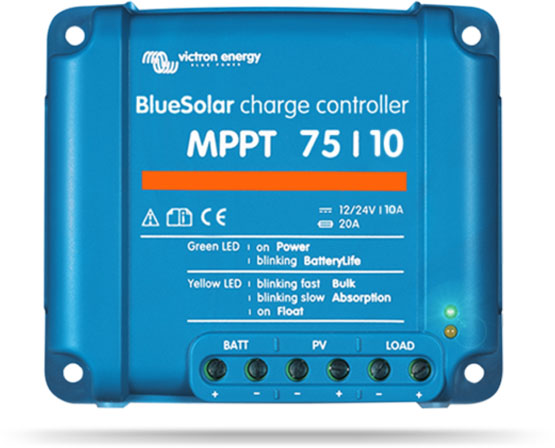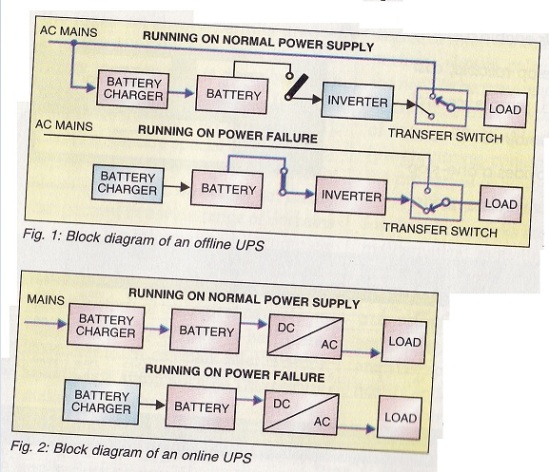we are using this term AC and DC for such a long period, How many of us know what exactly AC or DC is? and how did they produce these currents or Voltages?.
The AC or DC is the Currents and Voltages which are used to transmit and conduct electrical energy to the loads, Loads may be either Motor, Light or TV etc….
Electricity: Movement of electrons in a conductor which may be a wire or any conductor is known as electricity.
From the above fig; The Voltage is the driving Force & The Current is due to movement of electrons and finally Resistance which blocks the movement of electrons or current.
Definition of DC:
The DC is known as Direct Current because of it is Constant & flows in one direction( Positive or Negative depends on the source). That’s why the indication of DC is always a Straight Line. Unlike AC; the frequency of DC is zero means it won’t vary with time.
The DC Current which is widely used for charging Batteries; also interestingly whatever power produced from the mother nature is of DC in Nature like Power from Static energy etc.., Also DC power can be stored for the future use; like a backup power.
The efficient way of transmission is DC Power Transmission because of its efficiency. The loss due to harmonics is nil and loss due to inductance or capacitance is very low. But it is recommended only for Long Distance Transmission only because the cost of Conversion DC to AC is very high. So that’s the reason it is not used in shorter distance Transmission.
Definition of AC:
The AC is a Voltage or Current changes its polarity or the direction periodically over time is known as Alternating Current.
AC is known as Alternating Current because the current is not constant, it varies from Positive to Negative for every cycle. The electrons keep on changing its direction forward and backward. That’s how AC current flows. Unlike DC; AC can be used for Shorter Distance PowerTransmission because the loss associated is lesser than DC also it is quite easy to step up or step down the voltages by using Transformers But Transformers won’t work on DC Power. The AC Power can’t be stored like DC because of its alternating nature.
The electrons keep on changing its direction forward and backward. That’s how AC current flows. Unlike DC; Below is the video for How generator works? and How AC produced?.
So Which one is Dangerous?:
AC is More Dangerous because the impedance of Human body is higher for DC and lower for AC, AC which possesses a lethal weapon called Frequency. This will reduce your impedance rate makes you lethal. Frequency increases Impedance Decreases.
Both AC & DC are dangerous it depends on Voltage, duration of contact and Path & the amount of current flow etc..,
Unlike AC; DC current does not change its magnitude, AC will alter its direction for every cycle so the actual AC voltage is denoted in RMS(Root Mean Square). For 120V AC the peak value is 168V So it is very dangerous.
0–5mA – little shock and no damage
More than 25mA – KBoom…Death. u cant Survive.


















